# More photos from Chernobyl, following my 1st place entry in the SteemitPhotoChallenge
Wow! What a great start to the week. I woke up on Monday and saw that my photo had won first place in week 3 of the Steemit Photo Challenge.
In case you don’t know, the Steemit Photo Challenge is a weekly competition run by @jamtaylor (and sponsored by @berniesanders). The theme for the challenge was ‘Desolation’. I immediately knew just the place and the photo. This was my winning entry.
“I took this shot within the Chernobyl Exclusion Zone. At Middle School Number 3 in the ghost town of Pripyat, Ukraine .”
Below are some more photos from my day at Chernobyl
But first, some history
The nightmare of Chernobyl began on 26 April 1986 when a systems test went horribly, horribly wrong. Reactor 4 blew up, sending up a plume of nuclear radiation which spread over Northern Europe. Neighboring Belarus was the hardest hit, receiving an estimated 70% of the nuclear contamination. In fact, the world only became aware of the Chernobyl disaster when Sweden detected high levels of radiation two days later on 28 April.
It was the worst nuclear disaster in history. The death toll started with two immediate deaths before rising to 30 in the following weeks. Over the years, thousands more people suffered or died due to the radiation exposure. In 2006, Greenpeace estimated that Chernobyl would cause up to 250,000 cancer cases.
Open air museum of robotized machines
The Soviets used robots in the days after the disaster to help clean up and contain the contamination. Their purpose was to save human workers from radiation exposure.
Unfortunately, the remote controlled machines were no match for the extreme conditions. So, the Soviets then sent in human workers to make the ultimate sacrifice. These selfless heroes saved thousands of people all around the world from radiation exposure. They did the the work that the robots were unable to do. These workers got the nickname, ‘biorobots’ (see 35 second YouTube video below).
Note: The USA had robotic technology that could have helped the clean up job and saved a lot of human suffering. Yet, they did not assist for two reasons:
- Regulations prevented sensitive technology from passing to nations considered to be a threat.
- America’s robots were busy cleaning up the nuclear plant at Three Mile Island, Pennsylvania. Three Mile Island had a partial meltdown in 1979.
Pripyat
Pripyat was established in 1970 to serve the workers and families of the Chernobyl nuclear power plant. It had a young population of around 50,000 (the average age was just 26).
The authorities initially played down the severity of the radiation exposure. The residents were finally evacuated 36 hours after the initial explosion at 2pm, April 27. They were given two hours to gather their identity papers and were instructed to carry what was needed for two or three days. Most people were never to return.
Pripyat Amusement park
The Pripyat amusement park was set to open on 1 May 1986 (4 days after the Chernobyl disaster). The park was abandoned before it was ever used.
A glimpse into Soviet life
Walking around Pripyat today is like stepping into a time capsule from life in the 1980's USSR. This is what makes it so interesting. The people didn't have time to collect their belongings. So, everyday objects and propaganda remain scattered amongst the debris of decrepit buildings.
Sporting venues
The basketball court, gymnasium and swimming pool.
Nature can’t be beat
On so many levels, visiting Chernobyl is a confronting, emotionally draining experience. Yet, I walked away from the day with a new sense of optimism about the resilience of nature.
In 1986, the disaster created a radioactive wasteland. The effect on the flora and fauna was devastating.
- Mutations and birth defects became common within the animal population.
- Large parts of the pine forest actually died following contamination to the soil and water.
Amazingly, 30 years later, nature is actually thriving!
I finally understand how ancient cities like Machu Picchu got lost to the world for so long. It doesn’t take long for nature to take over. Forests canopies are already covering buildings and the root structures are breaking down walls.
Wildlife is also returning—the wolves, elk, brown bear and lynx are back. Why? Because the humans left. It appears animals can survive in the most adverse conditions, just as long as there are no humans.
Catfish swimming in the river besides the nuclear reactor.
What about the radiation?
The radiation released from Chernobyl was higher than the combined atomic bombs of Hiroshima and Nagaski (200 times higher according to Greenpeace).
These days, the radiation levels in Chernobyl and Pripyat are relatively safe for short term visitors . Our geiger counter showed elevated levels of radiation when held near to the ground and on trees.
Note: A visit to Chernobyl will expose you to higher levels of radiation. But it is less than the cosmic radiation exposure from a typical long distance flight.
Getting a radiation check up on the way out. You have to pass this test in order to leave the Chernobyl Exclusion Zone!
Further reading
A timeline of the Chernobyl disaster
National Geographic: Animals Rule Chernobyl 30 Years After Nuclear Disaster
Greenpeace: 15 things you didn't know about Chernobyl
Stay tuned for more travel stories, history and photos from Greenland, Iran and Libya in the coming weeks.
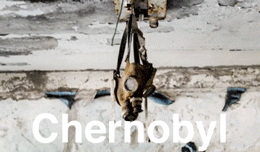

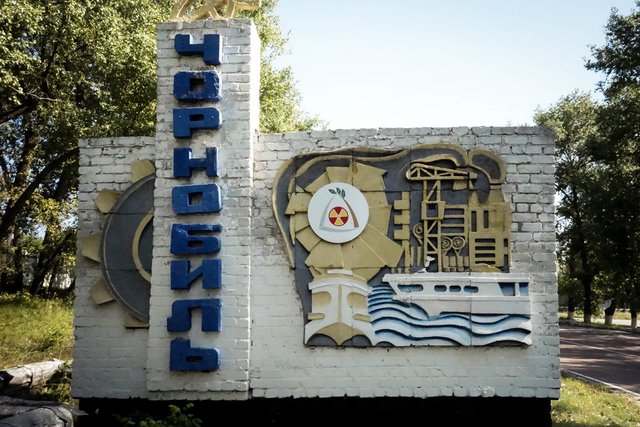
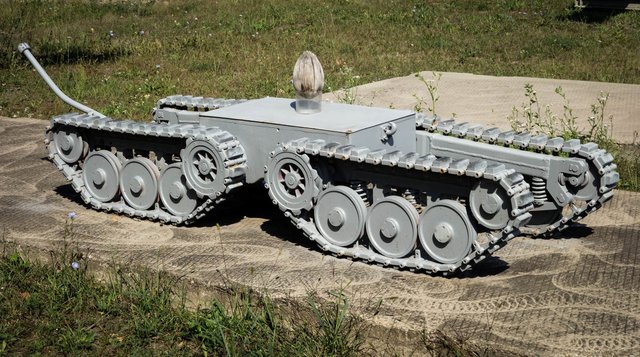
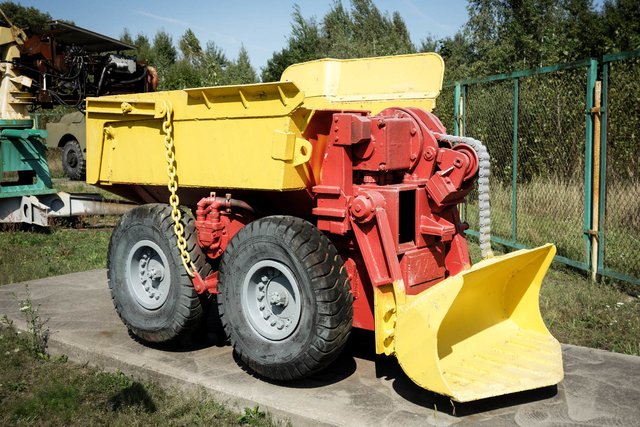
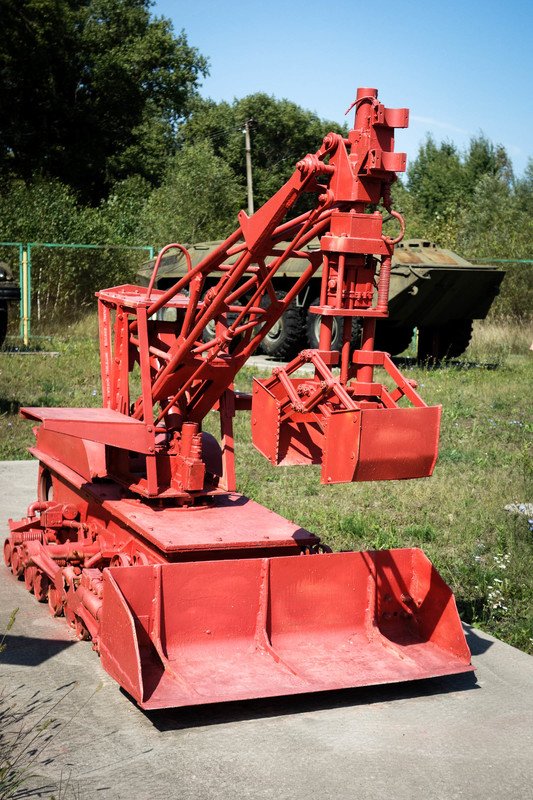
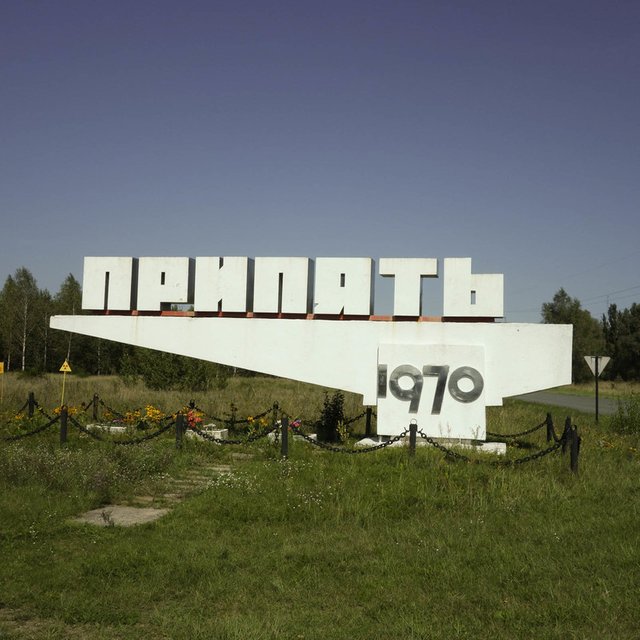
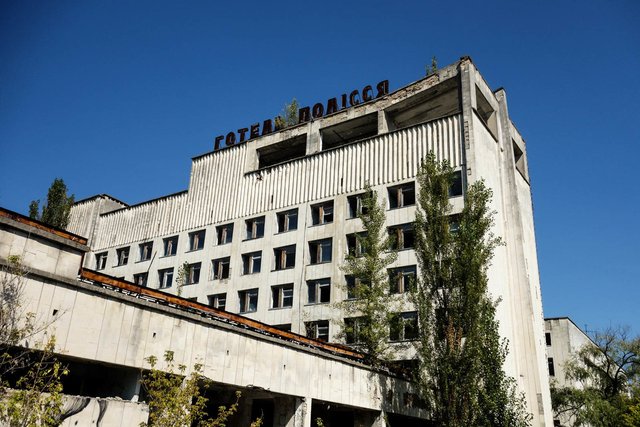
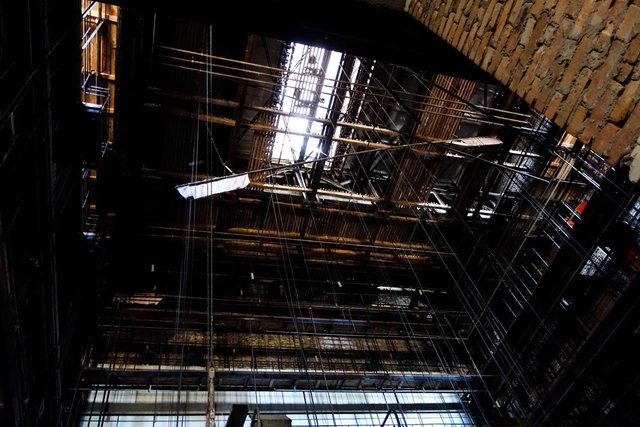
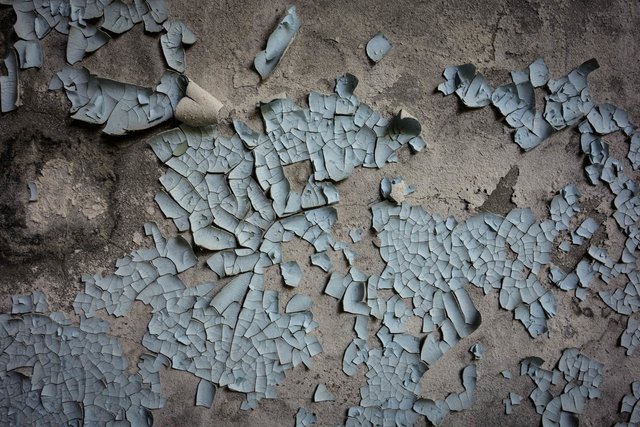
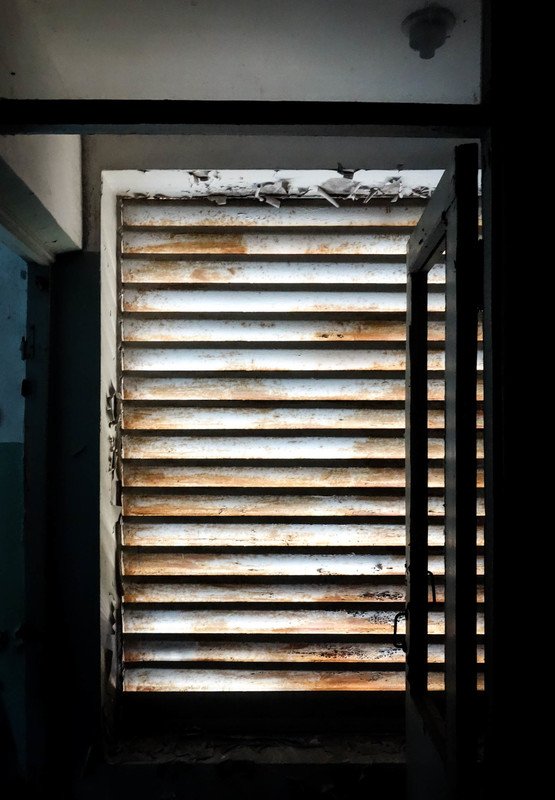
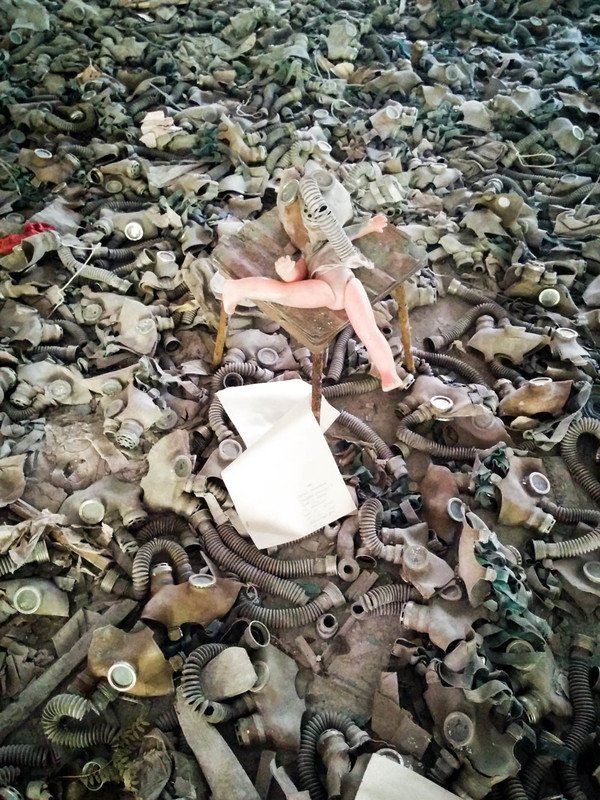
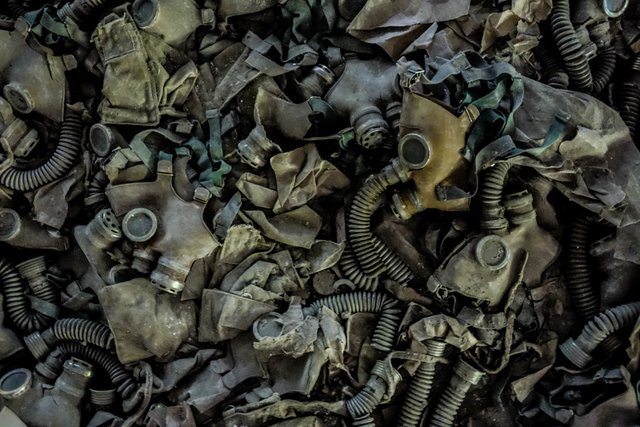
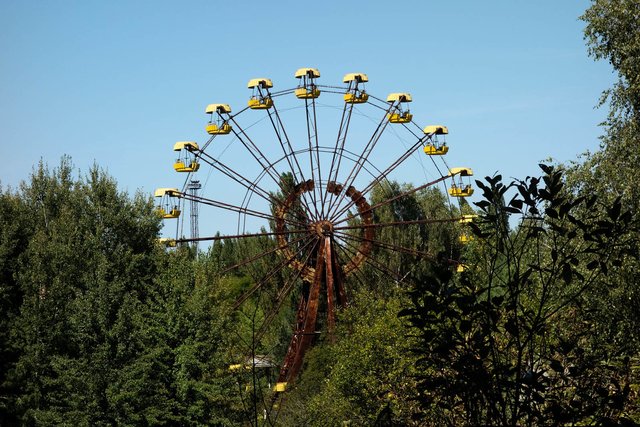
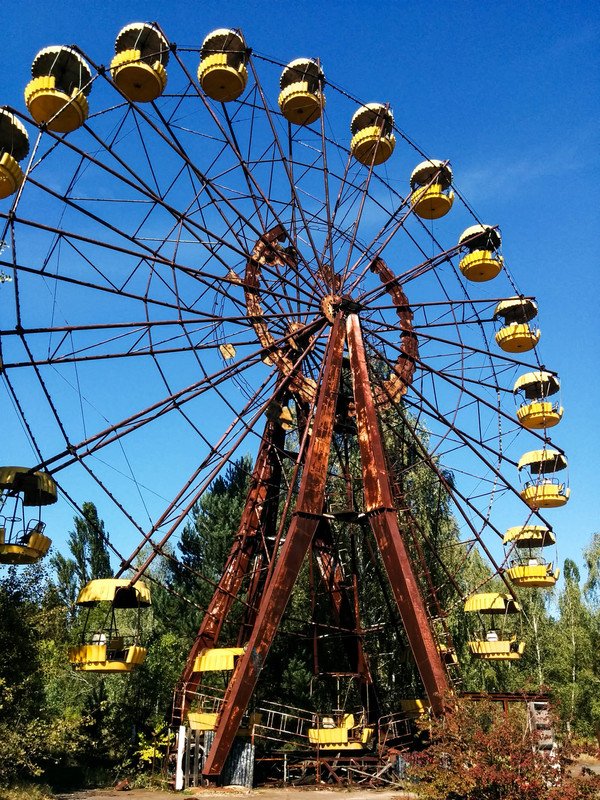
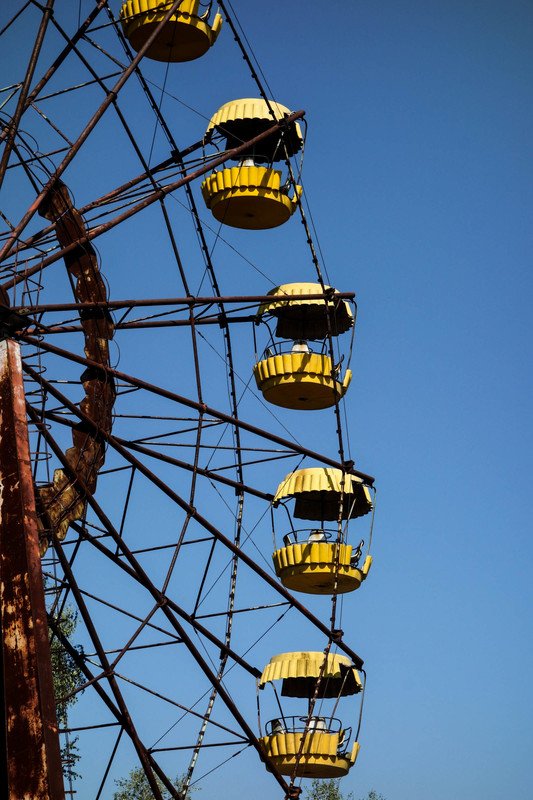
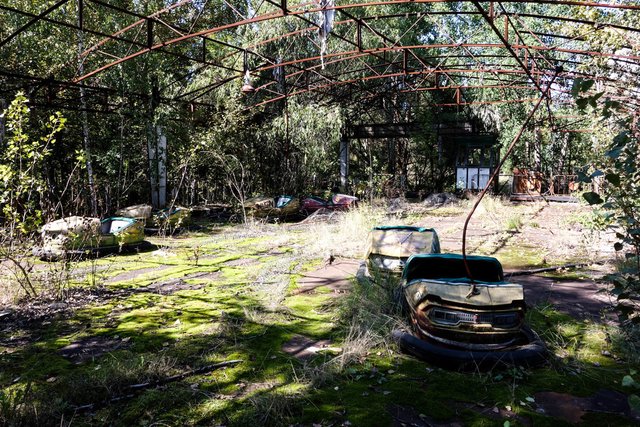
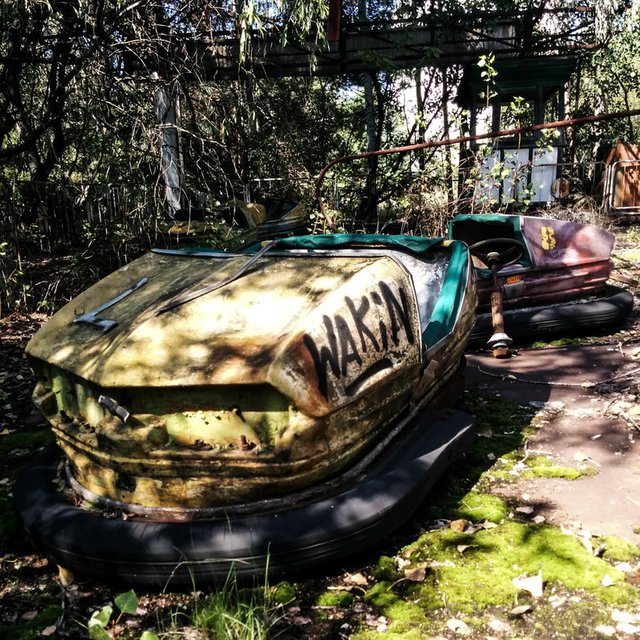
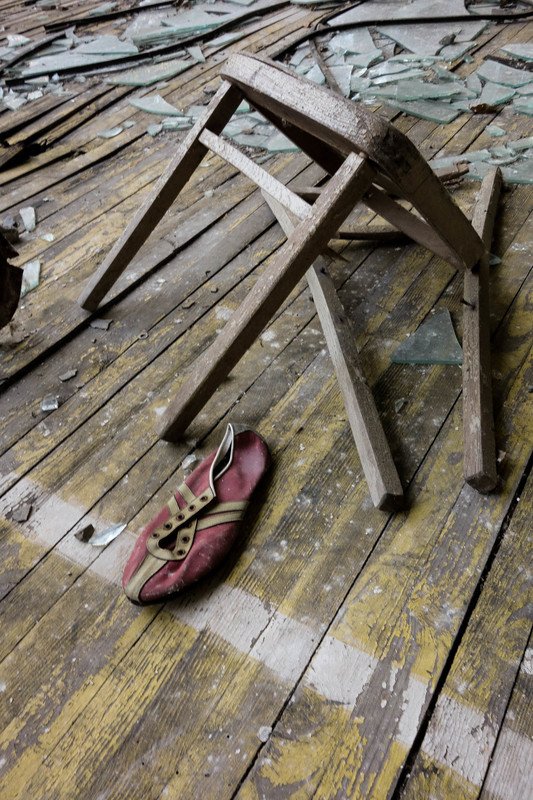
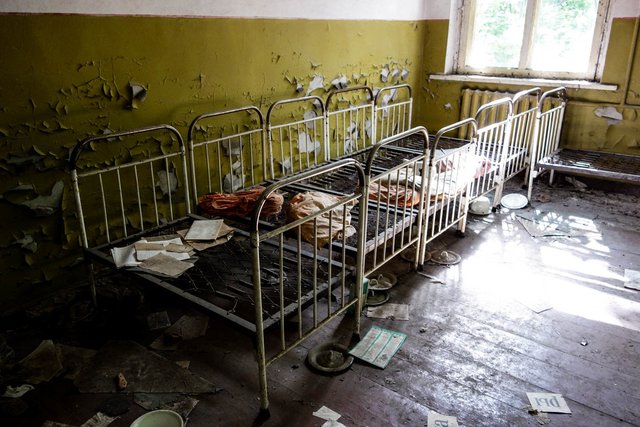
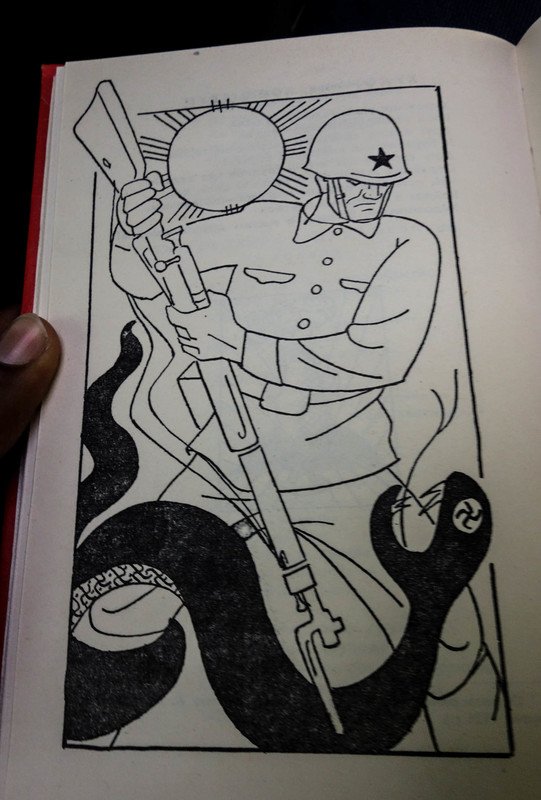
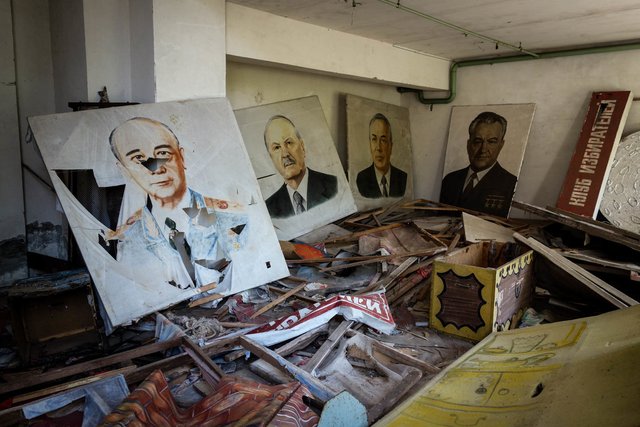
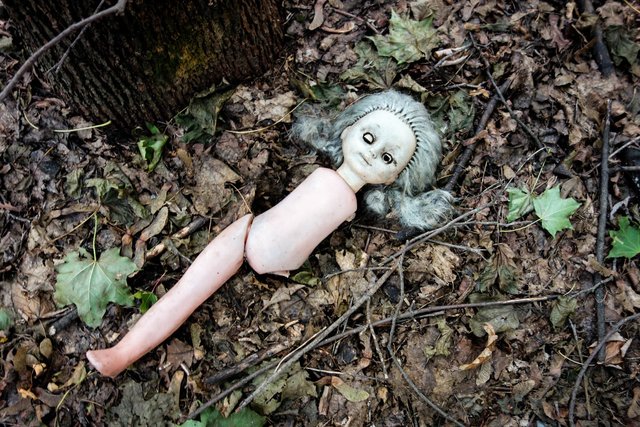
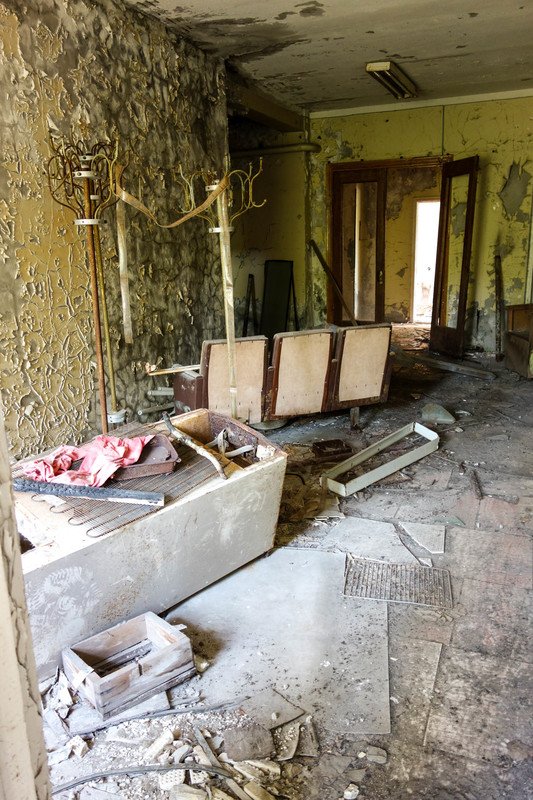
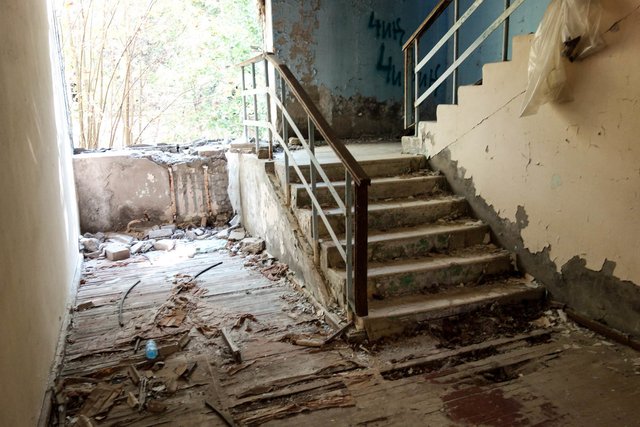
.jpg)
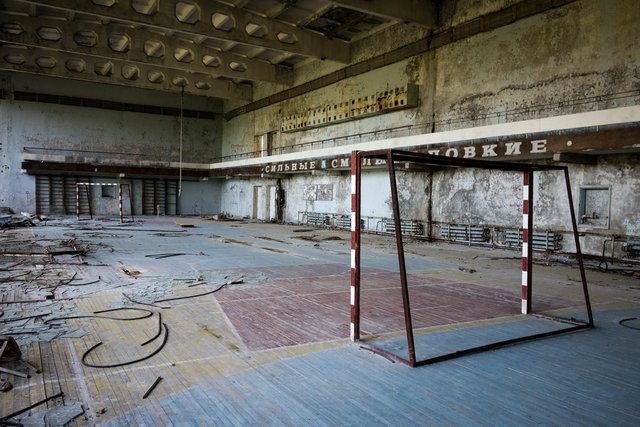
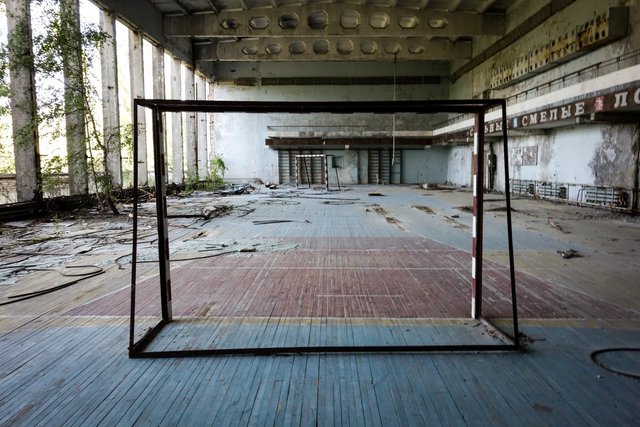
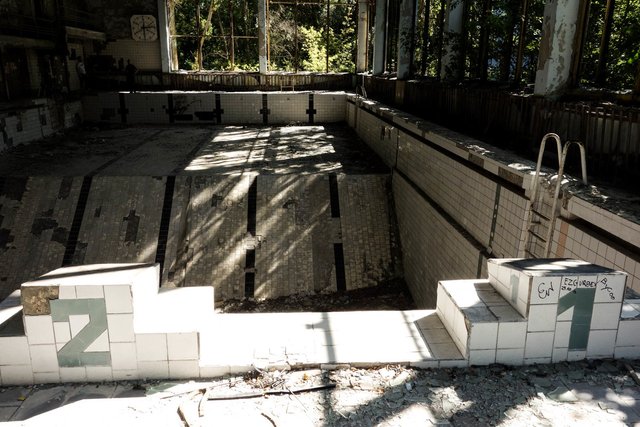
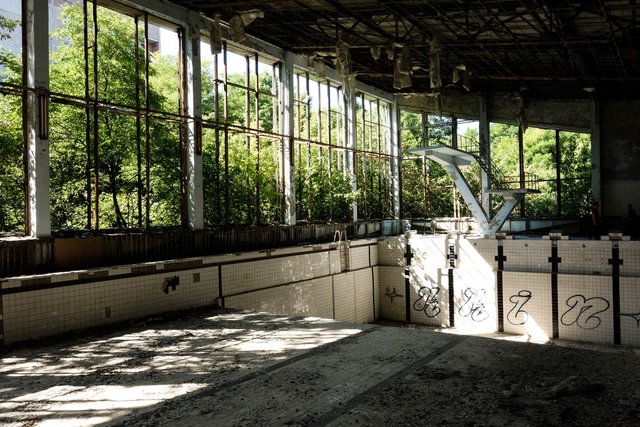
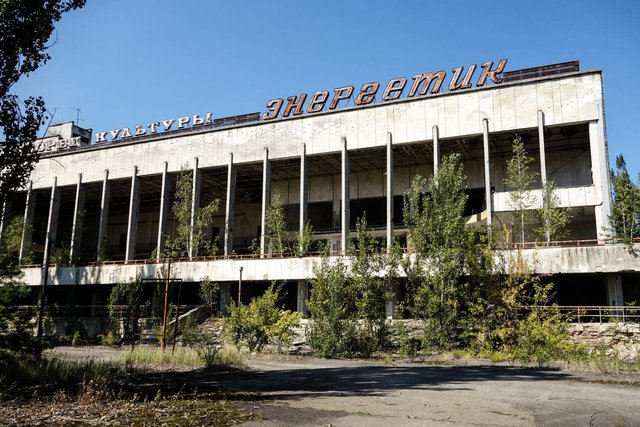
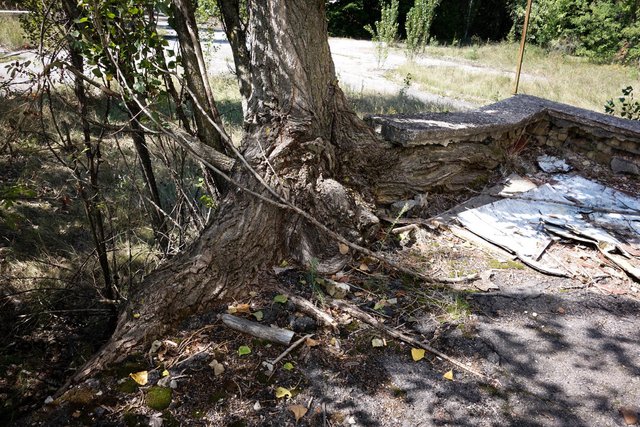
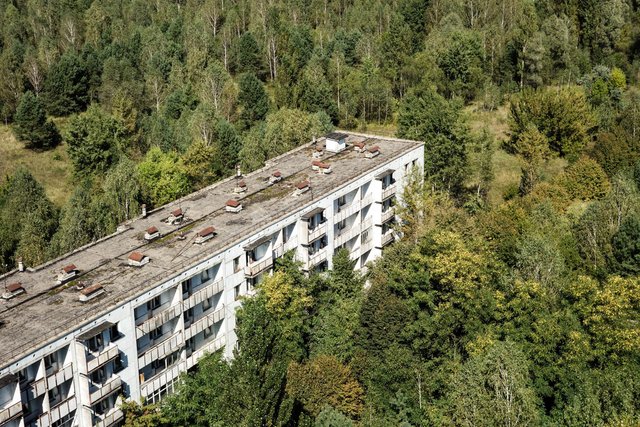
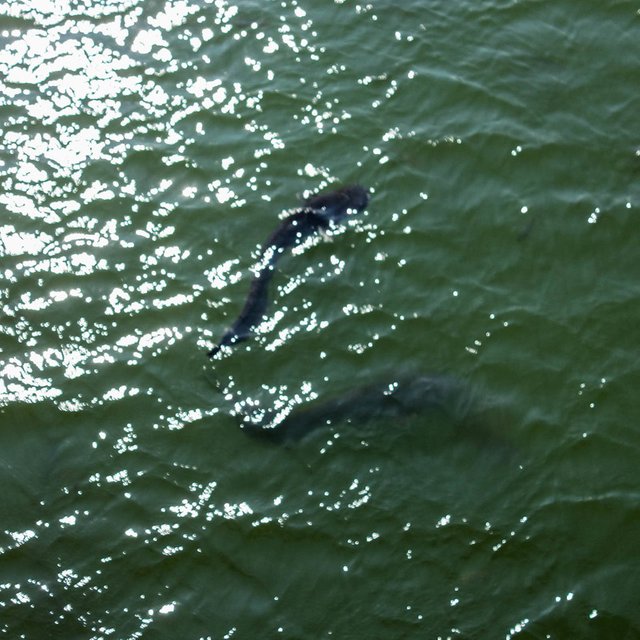
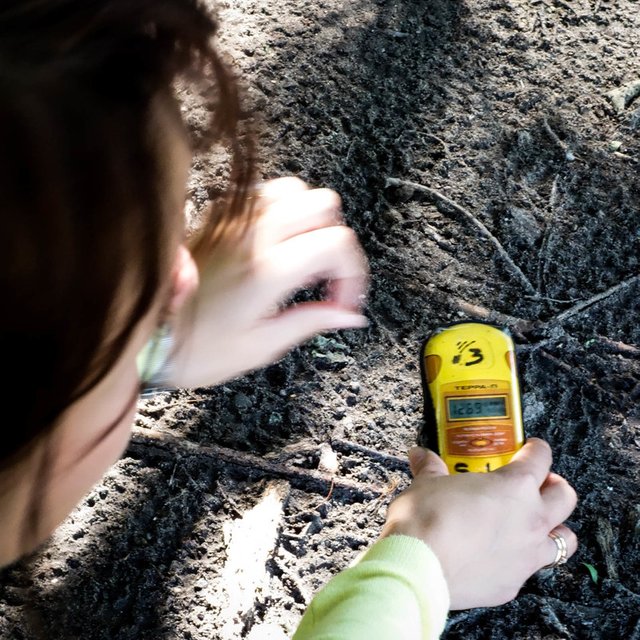
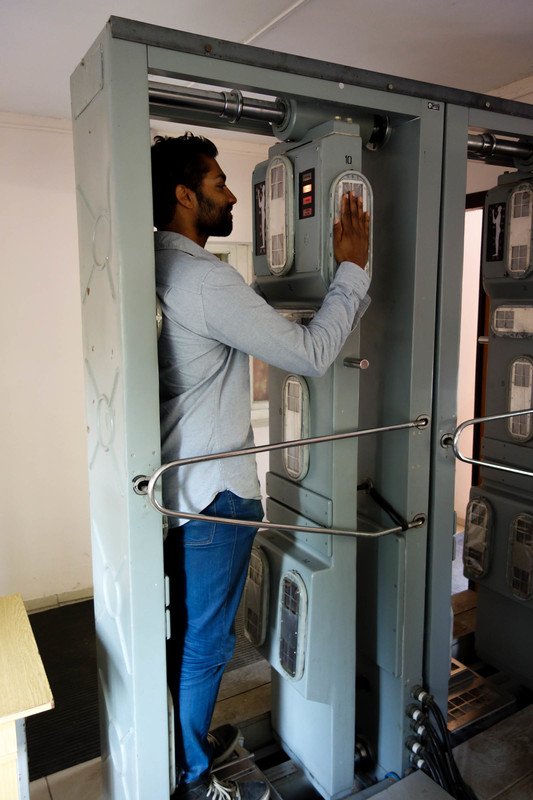
So cool, man, and congrats again!
Thanks mate—I owe you. Looking forward to seeing some epic bug pictures this weekend!
WOW. I love this kind of stuff. Chernobyl is the ultimate URBEX (Urban Exploration) destination. Really eerie and haunting.
If you are into gaming and literature then this will remind you of the STALKER games/books.
If you are into the paranormal you may have seen the really spooky episode of the show Destination Truth there.
I would love to someday go and explore there.
Hi there! I guess you are not from Ukraine? How come you've been to Chornobyl?
Great pictures, btw!
You're right! I'm from Australia and I'm currently living in New York.
I went to Ukraine while traveling from New York to Australia the long way home. I like traveling overland as much as possible so I also went through a few of the other former Soviet states, including Russia, Estonia, Latvia, Lithuania, Belarus, Ukraine, Georgia and Armenia.
What an interesting place to go.
Are you a mutant now?
@pkattera
I don't think it is funny... don't think about THE SIMPSONS because what is happened in Chernobyl is a holocaust. Think how many people are died because the explosion... think that we had problem as well in the south of Italy...
I don't like at all this kind of joke.
With love.
@webdeals
Yes, but not from Chernobyl!
The photos of the gas masks are crazy...
There's whole room full of gas masks and dolls. Super creepy!
Awesome shots dude!
Thank you!
The humans are not the source of the radiation that made it sick, it's the radioactive materials. Have a look at what typical urban environment radiation levels are, they are about 4x as high as the ambient in the external areas (not near metal objects) in Pripyat. There is a lot of radioactive material that is permitted by governments to be in many things, the most notable being phosphate fertilisers, where there is a mingling of the mineral source with a fluoride-containing mineral that also usually contains trace uranium.
What's more remarkable is that, although the efforts to encapsulate the reactor were quite heroic and they shut it down in 6 months, even still, with the Red Forest completely dying, in merely 30 years it has come back. So the gloom and doom about nuclear disaster is quite overblown. Most people don't even realise that nuclear weapons, especially the newer ones, barely leave any radionucleides behind, they explode very efficiently. The same cannot be said about depleted uranium used in small munitions however.
good job dude, for don't forget this big disaster of stupidity humanity. There is also a movie about this ...
Amazing pictures! Thanks for sharing. Pripyat is such a mystical place. I would love to visit it one day too...
Thanks —you should go one day! There's plenty of other beautiful interesting things around Ukraine too.
very imprssive pictures
Thanks!